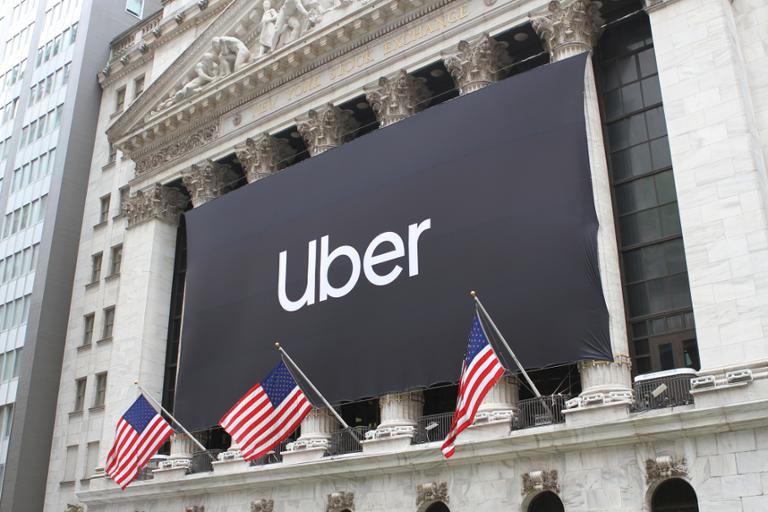Uber’s corporate bloodletting continues, with the ride-sharing giant planning to lay off an additional 350 employees across a number of divisions. At least some of those laid-off employees belong to the Advanced Technologies Group and other tech-centric teams.
According to TechCrunch, which also reprinted Uber CEO Dara Khosrowshahi’s internal announcement about the layoffs, those 350 employees represent roughly 1 percent of the company. Here’s the entirety of Khosrowshahi’s email:
“Team Uber,
As you know, over the past few months, our leaders have looked carefully at their teams to ensure our organizations are structured for success for the next few years. This has resulted in difficult but necessary changes to ensure we have the right people in the right roles in the right locations, and that we’re always holding ourselves accountable to top performance.
Today is the last wave of a process we began months ago with our Marketing team, and more recently, with our Product and Engineering teams. This time, ATG, Eats, Global Rides and Platform (Rides Ops, CommOps, Safety & Insurance, U4B, and Product Ops), Performance Marketing, and Recruiting have made changes. As part of this exercise, some of our employees are being asked to relocate, and around 350 will be leaving the company.
Days like today are tough for us all, and the ELT and I will do everything we can to make certain that we won’t need or have another day like this ahead of us. We all have to play a part by establishing a new normal in how we work: identifying and eliminating duplicate work, upholding high standards for performance, giving direct feedback and taking action when expectations aren’t being met, and eliminating the bureaucracy that tends to creep as companies grow.
We have proven ourselves to be not only one of the most ambitious and innovative companies in the world, but also one of the most resilient. We’ve always pushed through tough times and come out the other side a better and stronger company—that will continue to be true tomorrow, and every day after.
As always, we’ll be at the All Hands tomorrow and will dedicate most of the time to answer your questions. Add yours to the slido here.
Eyes forward—back to building.
Dara”
As part of establishing this “new normal,” Uber has engaged in a few rounds of layoffs throughout the year, including 435 employees cut in September (largely affecting the product and engineering divisions) and 400 in July (which mostly hit the marketing department).
Uber isn’t the only tech “unicorn” experiencing some turbulence. For example, WeWork recently aborted its IPO after concerns about its profitability and business fundamentals; in the wake of that flub, reports circulated that the company would lay off up to 5,000 staffers, or around a third of the total staff. WeWork may also sell off some of its sub-brands, including Meetup, Managed by Q, and Conductor.
Nonetheless, this latest round of layoffs is just another sign that Uber is still trying to recover after a few years of messy internal and external crises, capped by an underwhelming IPO. But at least those software engineers onboard can still land a hefty paycheck; according to crowdsourced compensation data from levels.fyi, entry-level software engineers at Uber can expect to pull down $120,000 in salary, along with $37,925 in stock and a $13,925 bonus.
That’s not an exceptional salary among big tech firms, but as software engineers climb up the ranks at Uber, they eventually end up making more in total compensation than their professional colleagues at other “gig economy” firms, including Lyft and WeWork. Check out this chart sourced from levels.fyi data:
Meanwhile, Glassdoor (which also crowdsources compensation data) suggests that software engineers at Uber pull down an average base pay of $124,301 per year, along with stock options worth $41,230 and a cash bonus of $13,550.
Despite its layoffs, Uber is going to need all the skilled technical help it can muster, and it’s clear that the company is more than willing to pay for it. The next few years might be quite the roller-coaster for employees, however. Buckle up.



